If you’ve ever experienced anxiety, you know it can be more than just a feeling.

It can also get physically trapped in your body, manifesting in tight muscles, shallow breathing, and tense posture (just to name a few effects). That kind of physical stress can affect your overall health, making it hard to relax and feel centred. While mental techniques like mindfulness and therapy can help, there are also simple physical practices you can incorporate into your routine to release the anxiety that builds up in your body. Here are just a few suggestions to help release that tension and bring your body back to a state of calm.
1. Try some deep breathing exercises.
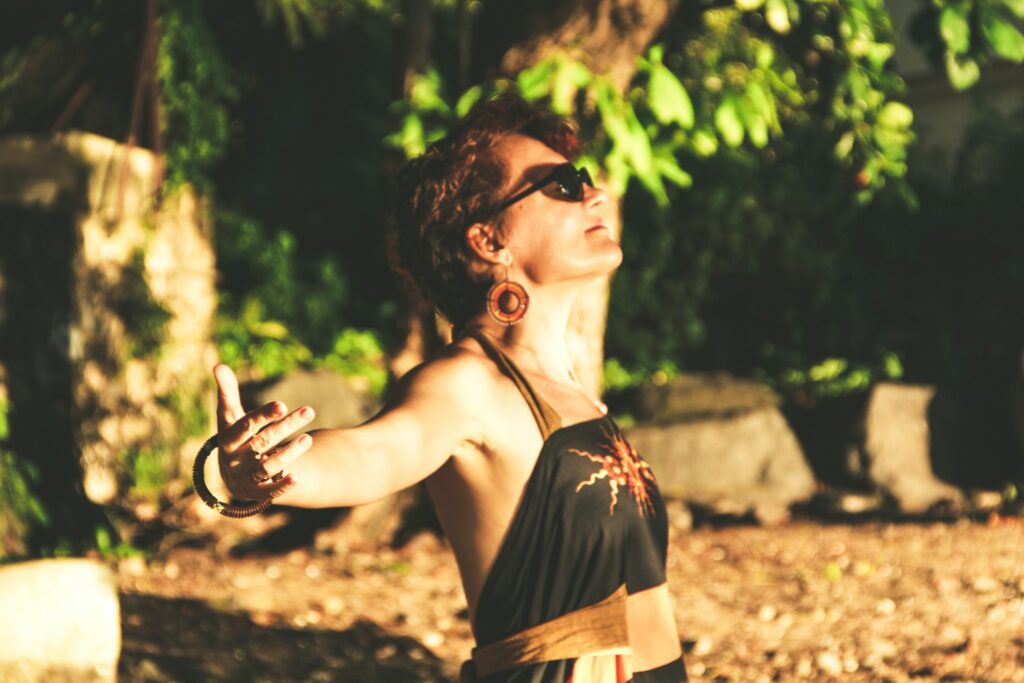
One of the quickest and easiest ways to release anxiety in your body is to focus on your breath. Try taking deep, slow breaths, filling your belly, not just your chest. This helps activate your parasympathetic nervous system, which calms your body down. Count to four as you inhale, hold for four, then exhale slowly for a count of four. Repeat for a few minutes, and you’ll notice the tension starting to melt away.
2. Consider progressive muscle relaxation.
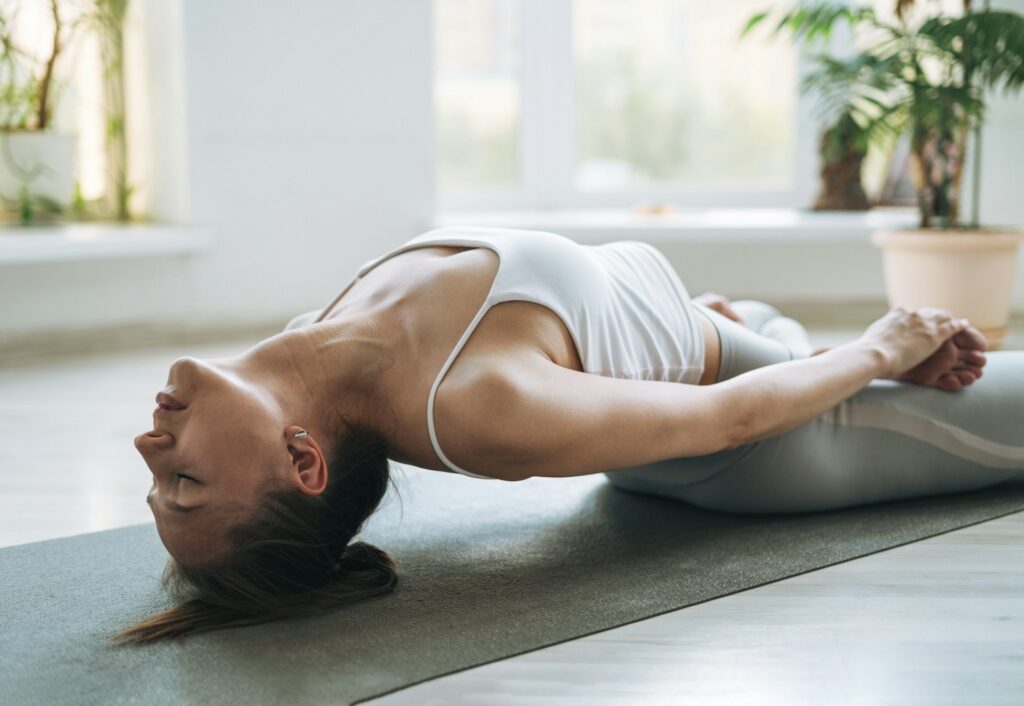
As explained by the Centre for Clinical Intervention, this technique involves systematically tensing and relaxing each muscle group in your body. Start with your toes and work your way up to your head. By tensing each group for a few seconds and then releasing, you allow the tension to dissolve and feel more grounded.
3. Yoga stretches can be helpful.
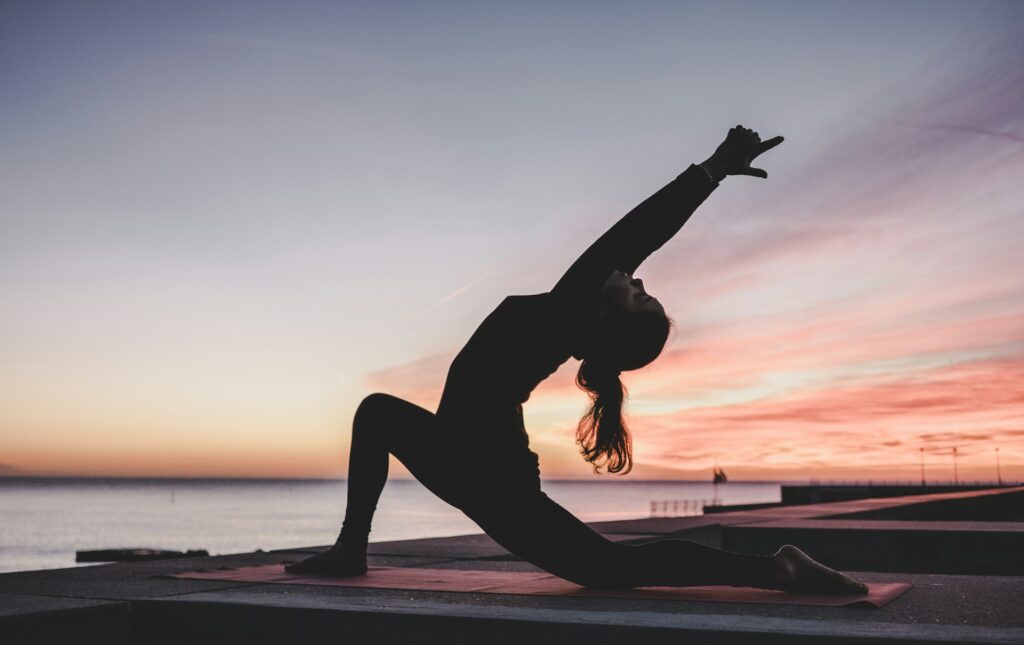
Yoga is an excellent practice for releasing physical tension. Focus on slow, deliberate stretches that open up tight areas of your body—like your shoulders, hips, and neck. Poses like Child’s Pose or Downward Dog can help release anxiety stored in your body, bringing both mental and physical relief.
4. Get a full body massage.
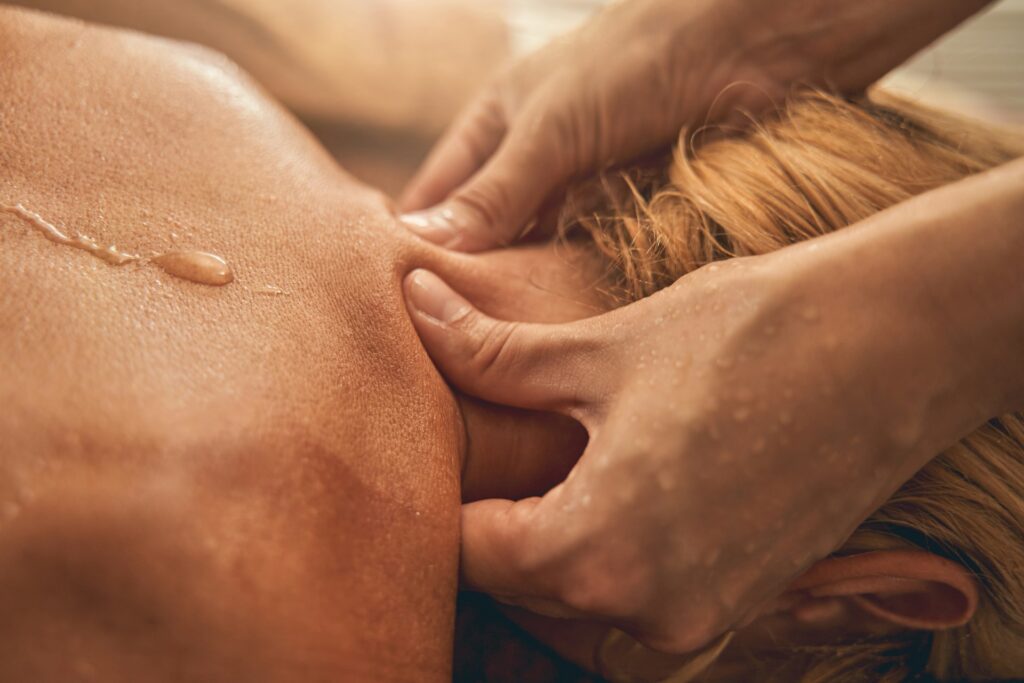
Sometimes, all it takes is a good massage to release built-up tension. Whether it’s a professional massage or simply using a foam roller at home, gentle pressure on tight muscles can help calm your nervous system. Target areas where you hold tension, like your neck, shoulders, and lower back.
5. Incorporate some gentle movement into your day.

When anxiety builds up in your body, a walk or gentle stretching can help release it. You don’t need to hit the gym or do an intense workout—simply moving your body in a relaxed way helps to shake off the tension and get your blood flowing.
6. Do some deep belly breathing.
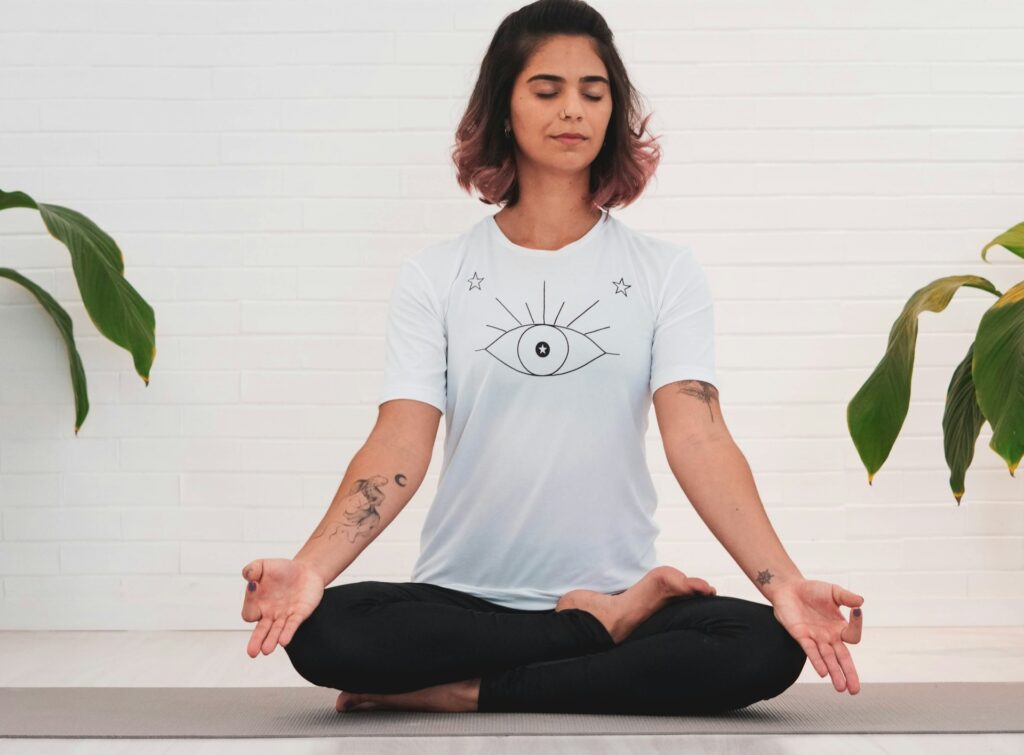
Focus on breathing deeply into your belly, letting it rise and fall with each breath. This kind of breathing, often referred to as diaphragmatic breathing, triggers your relaxation response, slowing down your heart rate and reducing anxiety.
7. Learn about grounding techniques.
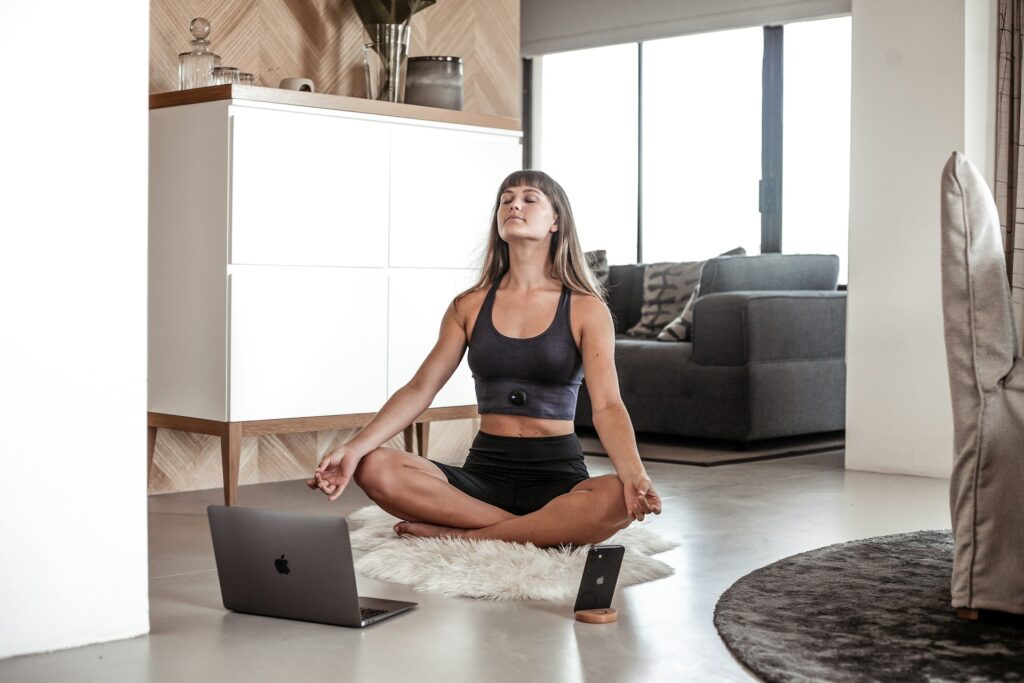
To release anxiety, it’s important to reconnect with your body and the present moment. Grounding exercises like standing or sitting with your feet firmly planted on the floor and feeling the earth beneath you can help you feel stable and calm. You can also practice the 5-4-3-2-1 grounding technique, which involves naming five things you can see, four things you can touch, three things you can hear, two things you can smell, and one thing you can taste.
8. Utilise aromatherapy.
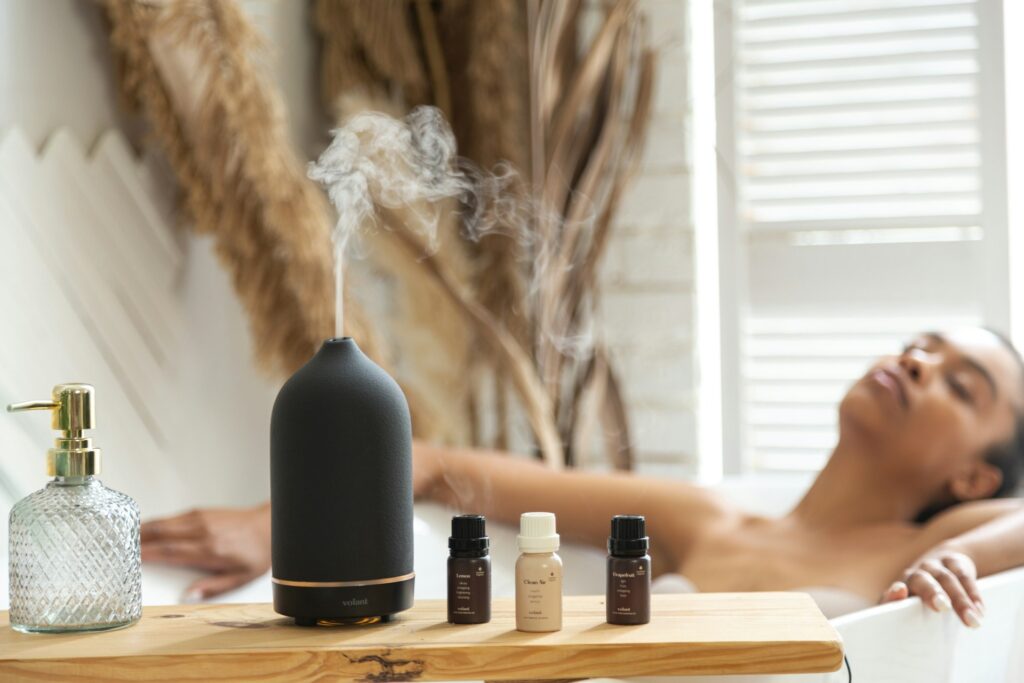
Essential oils, like lavender, chamomile, or eucalyptus, can help release tension when used in a diffuser or applied to pulse points. The calming scents promote a sense of relaxation and can reduce stress and anxiety stored in the body.
9. Dance it out.

Sometimes, the best way to release stored tension is to get moving. Put on your favourite music and allow yourself to move freely. Dance, sway, or just shake it out—whatever feels natural to release that pent-up energy. It’s a fun and effective way to shift your mood and shake off the anxiety that’s weighing you down.
10. Warm baths or showers can be incredibly calming.

Warm water can do wonders for releasing tension. Soaking in a bath with Epsom salts or taking a warm shower helps relax muscles, soothe your mind, and give you a sense of calm. The heat helps increase blood flow, loosening tight areas in your body and reducing overall stress.
11. Consider journaling.
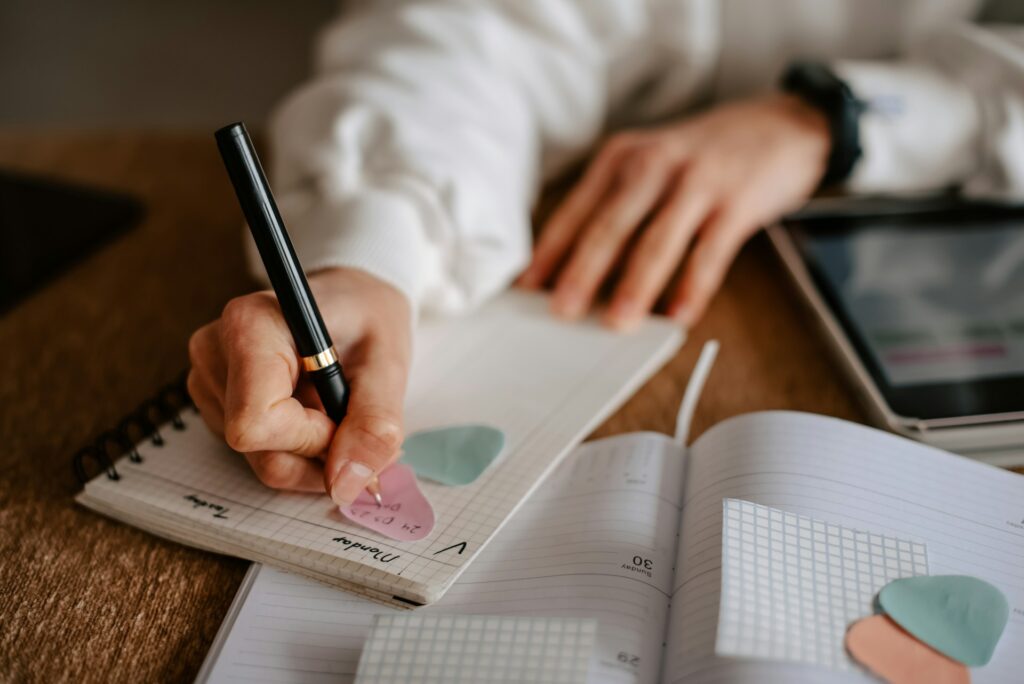
Sometimes, writing out your thoughts can help release the anxiety that’s building up inside. Take a few minutes to journal about what’s on your mind, without any judgment or structure. Let your thoughts flow onto the page and notice how much lighter you feel after putting them down in writing.
12. Practise mindfulness.
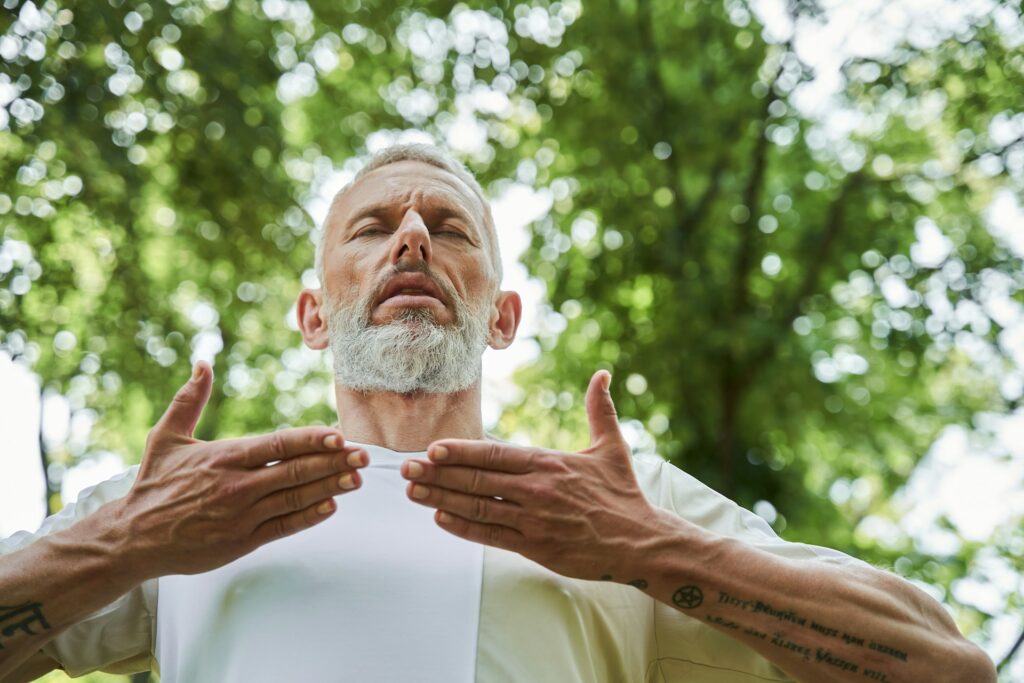
Mindfulness isn’t just a mental exercise—it can also be physical. Practising mindfulness involves paying attention to what’s happening in your body right now. Focus on the sensations you feel, like the tension in your shoulders or the way your feet feel on the ground. Acknowledge and release those sensations without judgment.
13. Make sure you’re staying hydrated.

Dehydration can actually increase feelings of anxiety. Drink plenty of water throughout the day to keep your body hydrated. When you’re hydrated, your body is better able to process stress and relax, making it easier for you to cope with tension.
14. Laugh more.

It’s true what they say: laughter really is the best medicine. Laughing not only lifts your spirits, but it also releases endorphins, which are your body’s natural mood elevators. Watch a funny video, spend time with a friend who makes you laugh, or just let yourself giggle at something silly. The simple act of laughter can release so much anxiety and lighten the load.
15. Get outside.

Nature has a natural calming effect on your body and mind. Take a walk in the park, sit outside in the sun, or even just spend time in a garden. The fresh air, natural surroundings, and change of scenery help lower stress levels and release any tension that’s been building up in your body.


